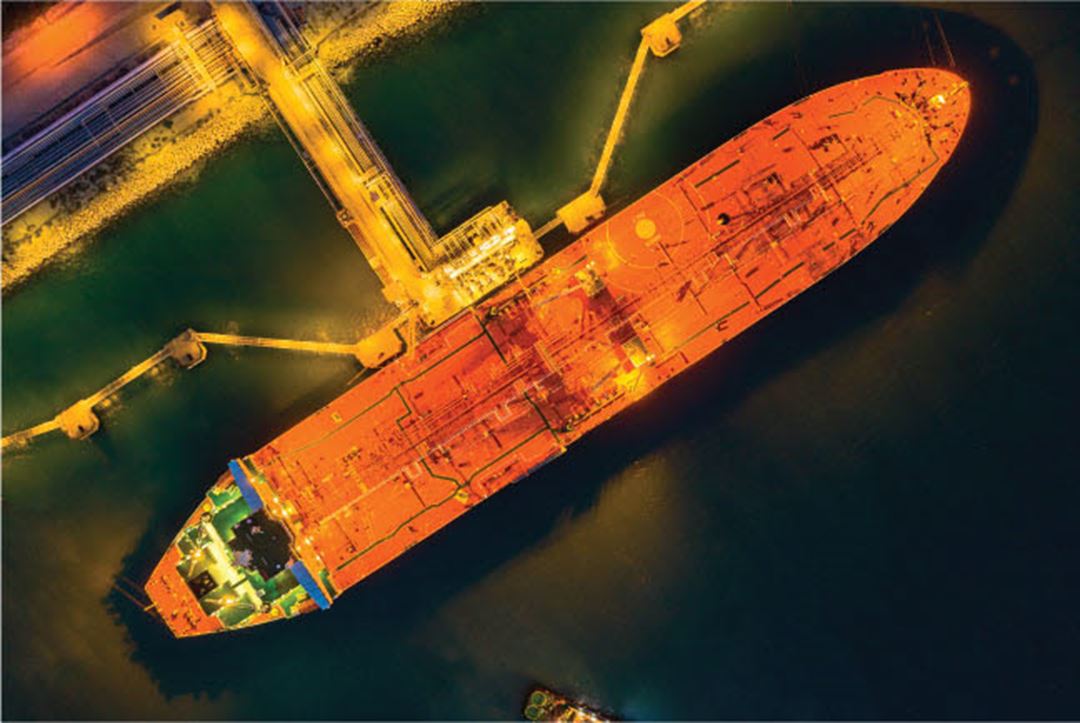Co-author: Catherine Banet, Associate Professor - Scandinavian Institute of Maritime Law
Bringing CO2 capture, transport and storage (CCS) technologies to commercialisation is a necessary step to reduce emissions as we grapple with meeting the Paris Agreement commitments. Yet a frequent media comment is that CCS is too expensive to become a viable commercial option at scale. NCCS research has focused on further reducing the cost of CO2 shipping, but also revealed the need for significant legal work to untangle uncertainties over liabilities.
Identifying optimal shipping conditions to reduce cost
CCS cost reduction typically focuses on the capture process, but conditioning and transport costs can also be significant especially for start-up deployments. One specific example of cost-cutting research has centred around optimal transport temperature and pressure conditions for CO2 by ship. While the pressure range beyond 20 bar has been identified as not cost-efficient, no study has satisfactorily concluded on the optimal transport condition.
NCCS examined a question often asked by industry: whether the 7 bar shipping option could be more cost-efficient than the 15 bar option currently used in commercial shipping. The answer is yes!
Results so far show that the 7 bar option can enable significant cost reduction in most scenarios. Typically, costs for conditioning and transport can drop by 15%, while costs for transport distances beyond 1,000 km can drop by 30% or more. ”However, more research and development is required to enable 7 bar technology at scale. At present, 15 bar technology remains the only mature and low-risk option for short-term implementations such as in the Northern Light Initiative,” explains Simon Roussanaly, leader of NCCS Task 1.
Understanding uncertainties and legal bottlenecks
But the work on shipping doesn’t end by bringing down the cost. It’s also important to identify and reduce legal uncertainties and barriers in order to enable the commercial implementation of CO2 transport by ship.
Critical legal topics such as liability must be understood and have a sound legal basis if operators and governments are to buy into shipping as an option. Simply put, a strong legal framework that lays out liability for any leakage or other issue that may occur along the chain and also during a cross-border transportation must be in place, and it must be watertight. Developing adequate legal instruments (by law, contracts or financial support to activities) that can be used to mitigate risks and enable various transport solutions is a key task within NCCS.
Catherine Banet from the University of Oslo’s Faculty of Law explains why liability in terms of shipping had been so uncertain: ”When the primary 2009 EU legislation on CCS was ratified, it didn’t take shipping into account. It’s now a very relevant part of the North Sea research and development projects, but for us to move forward we must understand if there are any legislative barriers that would impede its operation, and if so, how we can deal with those.”
Several PhD and Master students have been working through the process. Researcher Alice O’Brien’s thesis recommends that the HNS Convention must enter into force before large-scale CO2 shipping becomes a reality. That’s in order to provide consistent liabilities to shipowners and ensure predictable compensation for victims. The HNS Convention is an international convention created in 1996 to compensate for damages caused by spillage of hazardous and noxious substances during maritime transportation. The convention has not entered into force due to signatory states not meeting the ratification requirements. She also recommends that shipping be included within the CCS Directive and EU ETS to protect the environmental integrity of the CCS value chain and ensure there is an economic inventive to engage in shipping-based CO2 transport.
Catherine is pleased with the work to date. ”We have identified a lot of relevant issues and have been able to make concrete recommendations. Clarification is needed on these issues to provide the legal certainty for all actors, including governments and operators, to build and run a full commercial CCS chain using shipping,” she says.
This article was first presented in the NCCS Annual Report 2019.


